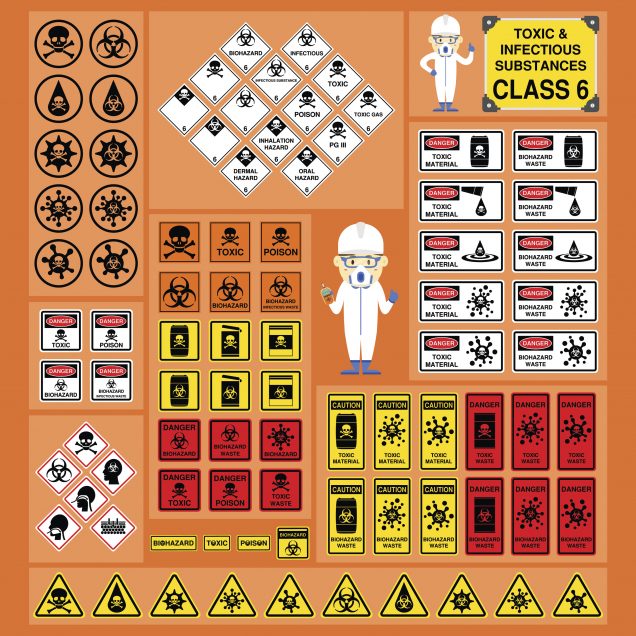“Second Responders” Help Daycare Return to Safety Post-Fire

From invading mold to hazardous germs, the aftermath of a fire can be dangerous, too
“When the emergency vehicles leave there’s a lot of work to make sure it’s a safe environment.” – Sigalle Reiss, Director of Public Health, Norwood, MA
A fire in an office adjacent to a daycare center set off different kinds of alarms for the small Norwood, Massachusetts, public health department. All the children were safe from the fire, but the daycare staff had to contend with fire-hose-soaked wallboard and wet, smoky furniture and toys. “Fire seems like the big risk, but water is a risk, too,” said Reiss. “The owners of the daycare were really concerned.” The fire department had immediately alerted Reiss about the fire and the need for a cleanup. “If the fire department is the first responder, the health department is the second responder,”Reiss said. It’s my job to make sure the fire department knows when to call us in.” The owners worked closely with the fire inspectors, public health officials and building contractors, removing and replacing sheetrock walls and soaked insulation that could harbor mold, cleaning toys and furnishings with a bleach solution, and discarding soaked stuffed animals and pillows. The training public health workers receive, Reiss points out, can radically reduce the potential for health concerns in the wake of disasters like fires. According to the National Institute for Occupational Safety and Health, “research studies have shown that exposures to building dampness and mold have been associated with respiratory symptoms, asthma, hypersensitivity pneumonitis, rhinosinusitis, bronchitis, and respiratory infections.” In a daycare center, such exposure would have been especially troubling. “Our work can be invisible,” said Reiss, “but it’s important for the community and each of those families.”
This project is/was supported by the Health Resources and Services Administration (HRSA) of the U.S. Department of Health and Human Services (HHS) under grant number UB6HP27877/Regional Public Health Training Center ProgramÂ. This information or content and conclusions are those of the author and should not be construed as the official position or policy of, nor should any endorsements be inferred by HRSA, HHS or the U.S. Government.